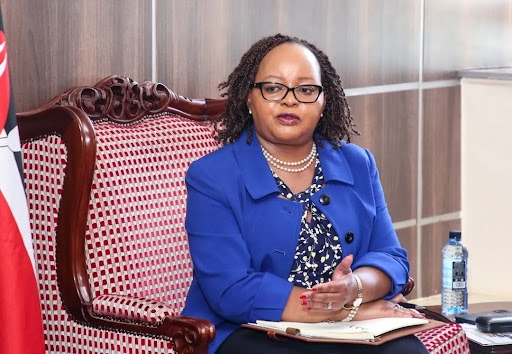The Kenya Wildlife Service undertakes conservation and management of wildlife resources across all protected areas in collaboration with stakeholders.
It works with others to conserve, protect and sustainably manage wildlife resources.
With a vision of saving the last great species and places on earth for humanity, KWS has partnered with organisations such as Save the Elephants, Space for Giants among others in the ongoing first-ever national wildlife census.
KWS has seven pilots. The service is involved in the bush fly, which involves low-level flying between 300 and 500 metres above ground level.
KWS pilots are also involved in bush trips, where most of the airstrips they use are unimproved.
This means they have to undergo rigorous training. Conservation flying involves observance and surveillance of wildlife.
Most of the pilots have flown between 3,000 and 10,000 hours bush flying.
KWS pilots were also involved in the war against locust invasion that devastated the country.
The specialists, who are mainly posted in conservation areas, are also involved in search and rescue efforts, casualty operations among its employees or even external people.
The types of planes they use are Cessna Caravan, Bell Helicopters, Cessna 206, Cessna 180, Cessna 182 and Husky.
Miles Geldard, a pilot and a trustee at Save the Elephants, said, “KWS has very good, impressive and dedicated and passionate employees that include support staff.”
Speaking shortly after disembarking from a census in areas near Kora National Park and Meru, he added, “This is my first time to take part in the census but I have been in the country for a long time.”
Geldard said the service has excellent pilots and data clerks. He said the refuelling stations and assistance of air support services were very organised.
Low flying, he added, is very challenging.
“You are trying to keep the flight in a straight line, monitor heat. There is turbulence, short airstrips and high altitudes, among others. You have to coordinate all this while looking for the wildlife,” he said.











